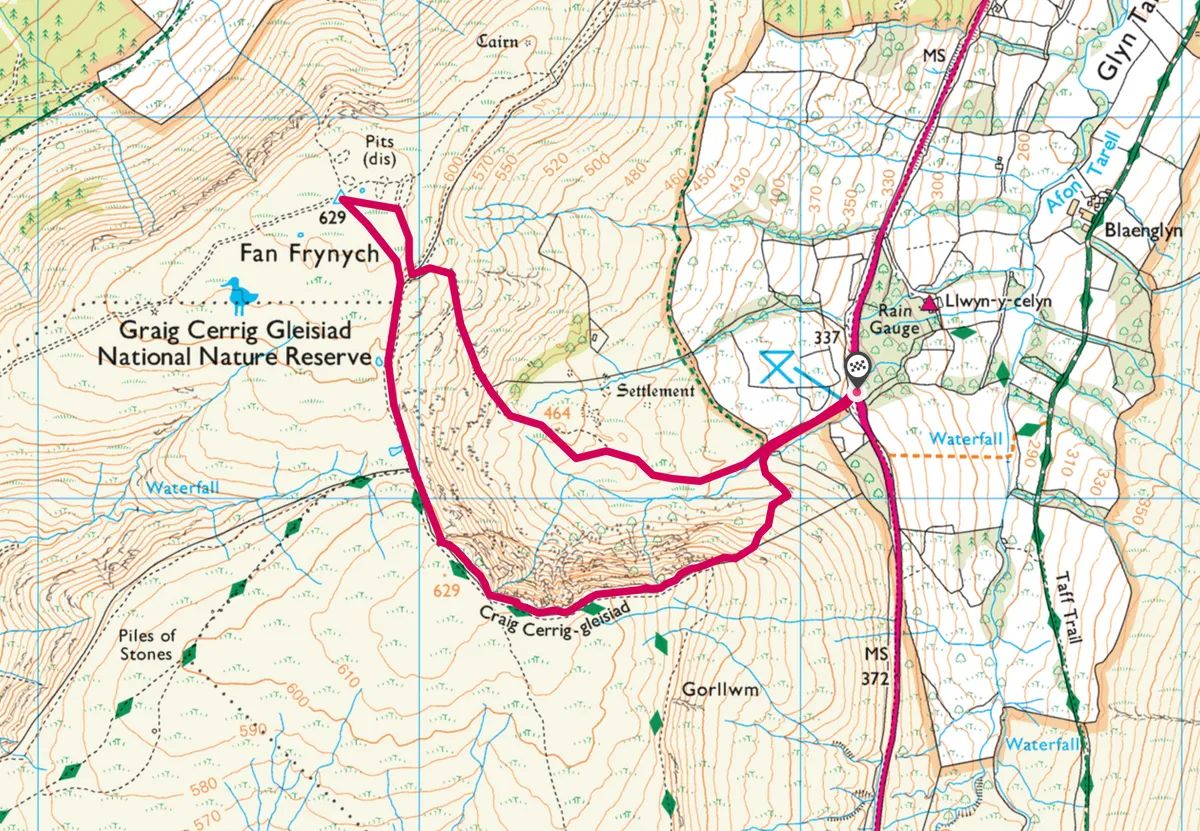Climb any of the Brecon Beacons and you’ll find a stirring view. But the best of them all is the glowering peak of Craig-Cerrig-gleisiad.
This raven-haunted buttress is studded with steep crags that have prevented sheep from grazing rare sub-Alpine plants such as the delightful purple saxifrage. It means that the flora here is richer and more interesting than elsewhere in the national park. And so are the birds.
At the foot of the cliff you’ll find bluebells in flower now among the hawthorn scrub, from where male redstarts sing. As you climb the steep paths to the top, look out for nesting peregrine falcons and the star of the reserve, the ring ouzel.
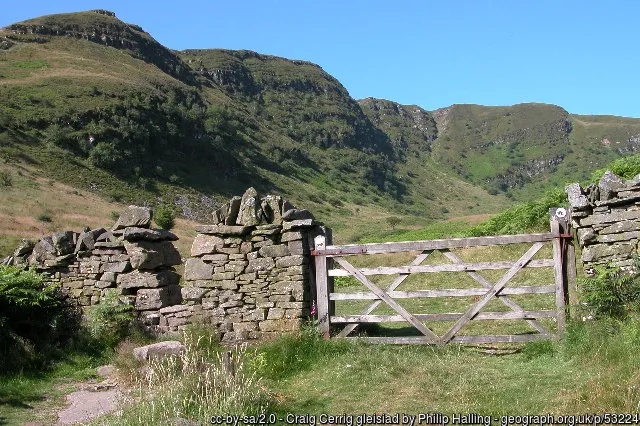
Craig-Cerrig-gleisiad wildlife
Ring ouzel
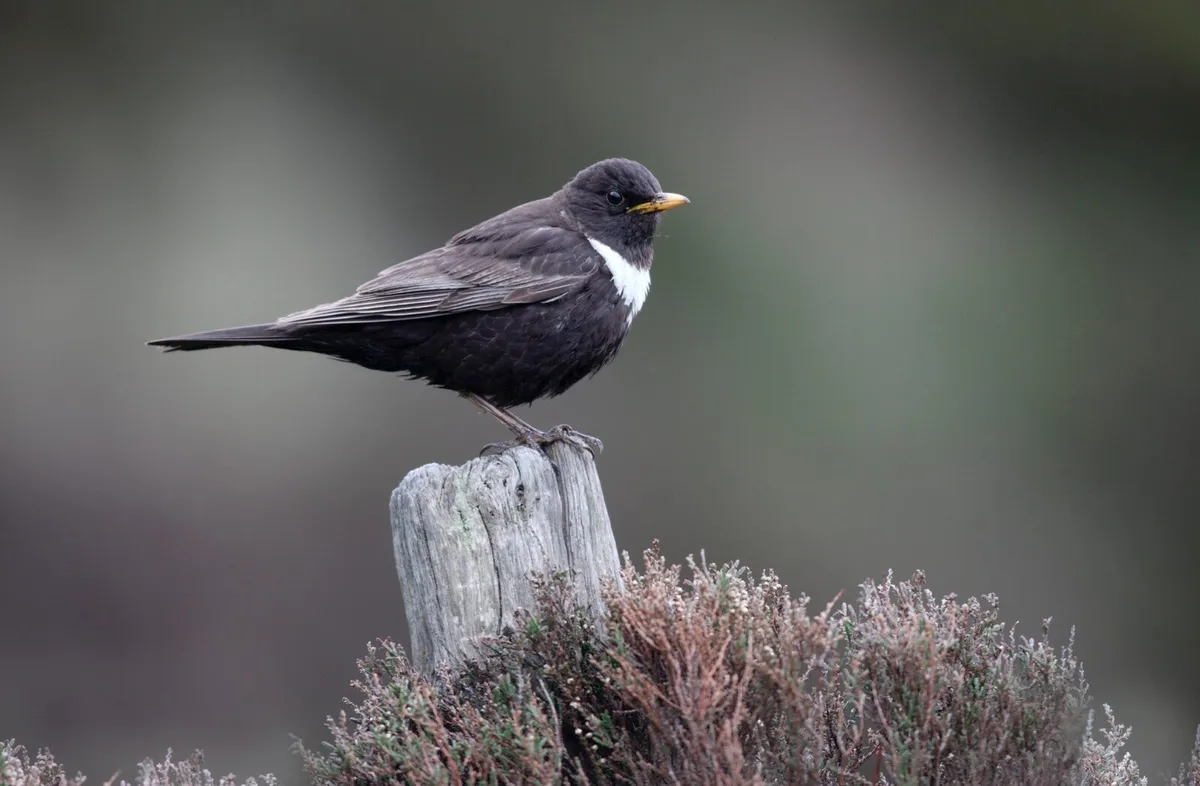
Like a blackbird but bigger and with a striking white bib, the ring ouzel loves craggy cliffs, where it forages on insects, seeds and berries. It is a summer migrant, arriving from north Africa in late March. Its voice is wilder than its lowland cousin, a series of ‘chack-chack-chacks’, while its plumage seems scaly rather than soft and black. Look for it in the deep ravines. This is just about the last place in the Beacons this rare bird survives.
Cuckoo
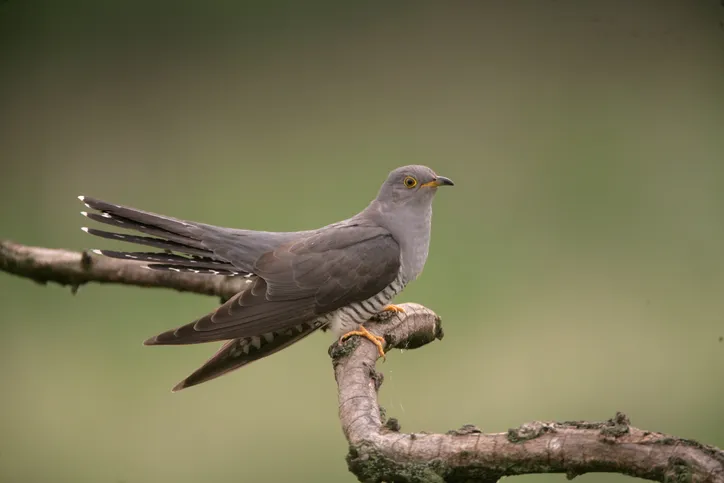
Another declining species that still flourishes in the wild landscapes in and around Craig Cerrig, the cuckoo lays its eggs in the nests of other birds, such as the meadow pipit. These small brown hosts are common on the tops of the hills and so attract the attention of female cuckoos, watching the land from hidden vantage points.
Purple saxifrage

Bursting from ledges, these clumps of purple flowers on a green cushion are a spring treat, and are found only in limestone uplands, such as the Beacons. They will flower through the summer, providing welcome patches of colour on the gaunt rock faces.The most common plants on the slopes include heather and bilberry.
Redstart
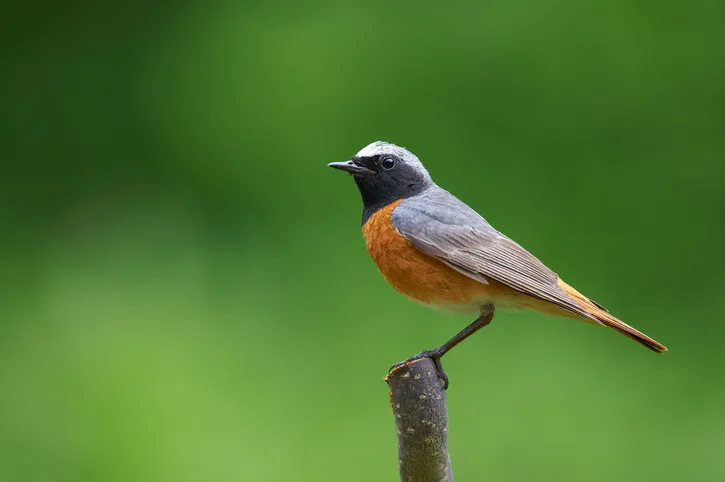
A wistful melody emanating from a hawthorn tree is very likely to be the male redstart’s song. This red-breasted, red-tailed summer visitor loves the rocky, scrubby slopes at the foot of the cliffs here and can be found in quite high numbers – unusual for a bird that is declining nationally. Redstarts often feed by catching insects in flight.
Brown hairstreak
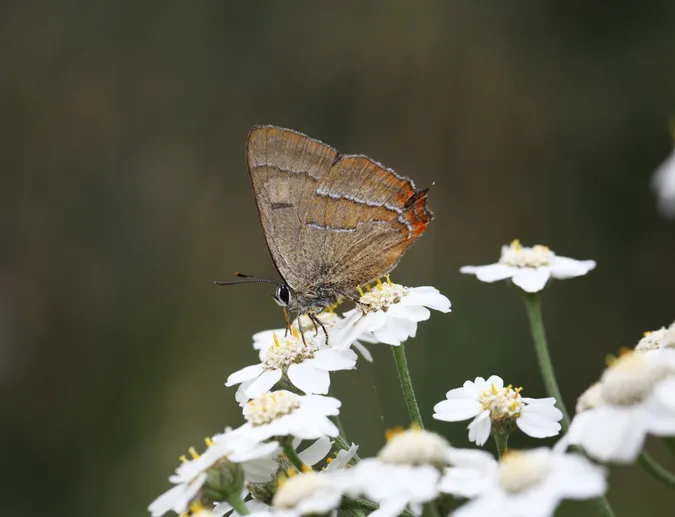
Once common throughout Britain, the brown hairstreak has vanished from much of its range but it is still found in pockets of the Beacons, including here. Its caterpillars feed on the leaves of blackthorn, a common shrub at the scrubby foot of the cliffs.
Peregrine

The jet fighter of the highlands, the peregrine nests on the inaccessible cliff faces, duelling with the bigger but more ponderous ravens for nest sites and airspace, Stand back from the cliffs and scan them carefully with binoculars. You might spot one of the adults resting on a ledge between hunting sorties. If you're lucky you may even see one hunting, praying on the woodpigeons that live in the valleys.
Craig-Cerrig-gleisiad walk
2.7 miles | 2 hours | moderate–challenging
1. Woodland to cirque
If arriving by car, park in the layby on the western side of the A470. Step through the gate beside the car park, pausing for a moment at the information board.
Walk through a small section of woodland. You will soon emerge into a striking cwm, flanked to the south by a huge precipice. Hawthorn trees dot the scene.
Follow the sound of a small stream, soon reaching its bubbling waters at an inconspicuous ford.
2. Over the stream
Cross the stream – a good test for your boots – and begin up the often-muddy path. As you climb the ridge, the way become gradually steeper until soon you begin to slalom. Take care here, especially in wet weather.
Stick to the ridge, with a steep drop to your right and the flat uplands of Rhos Dringarth to your left. It's a wild scene, and one you will likely have to yourself.
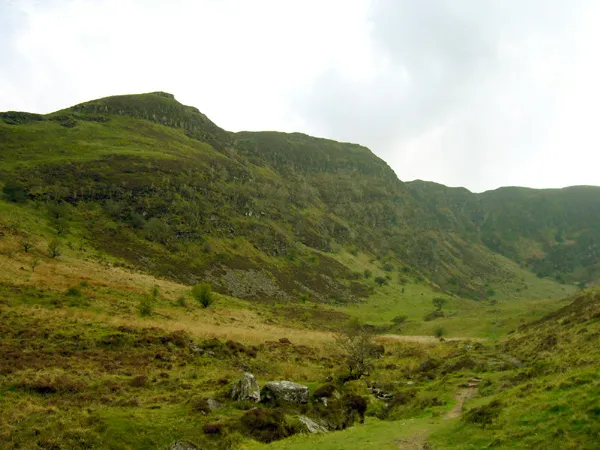
3. Frynych view
As the path veers north, divert left, leaving the lip of the valley to climb to the nearby summit of Fan Frynych. Views from the rounded crest stretch out over the Powys farmland – it's a great spot to gain a little perspective. Return to the head of the Craig-Cerrig-gleisiad nature reserve.
4. Glacial scar
From this vantage point, it's easy to imagine the scooping action of the landscape's glacial past.
Descend into the valley, keeping an eye out for the many species of bird, insect and mammal that make this reserve their home.
A number of paths braid through the cirque. Stick to the most obvious to avoid trampling fragile Alpine plants, before making your way back to the car park.
Craig-Cerrig-gleisiad map
Craig-Cerrig-gleisiad walking route and map
